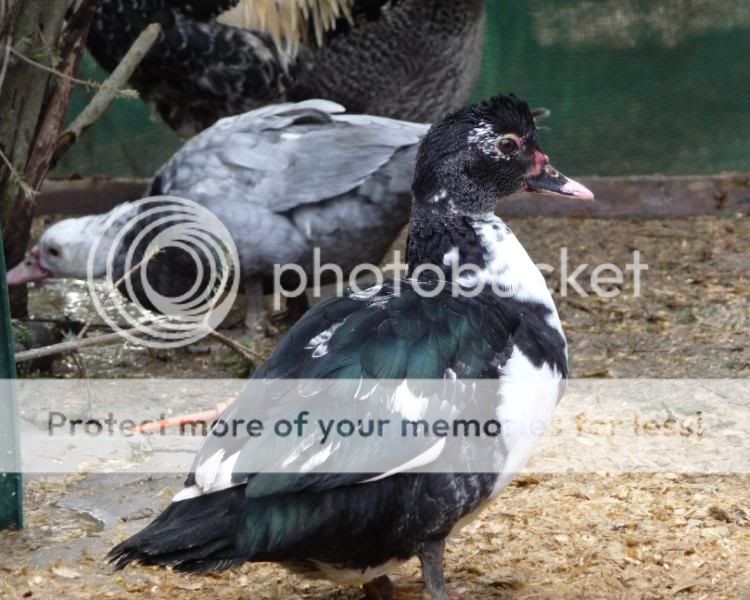Charlotte is changing color. When I bought late this last winter, I didn't notice her barring and just thought of her as a black pied. Over the course of this summer she has gotten lighter. Her face and head are turning white and her barring is actually intensifying. Her head crest is staying black though which looks even more wild now that her face is getting so white.
Charlotte shortly after we brought her home.


Charlotte last week.


It looks as if she may have the white head gene. It isn't just the lighting or the angle of the camera, her barrs really are becoming more noticable. In the last pic you can now see some barring on her back/shoulders. Can the white head gene intensify the white throughout the body basically bringing back lost barring?
Charlotte shortly after we brought her home.


Charlotte last week.


It looks as if she may have the white head gene. It isn't just the lighting or the angle of the camera, her barrs really are becoming more noticable. In the last pic you can now see some barring on her back/shoulders. Can the white head gene intensify the white throughout the body basically bringing back lost barring?
Last edited:



